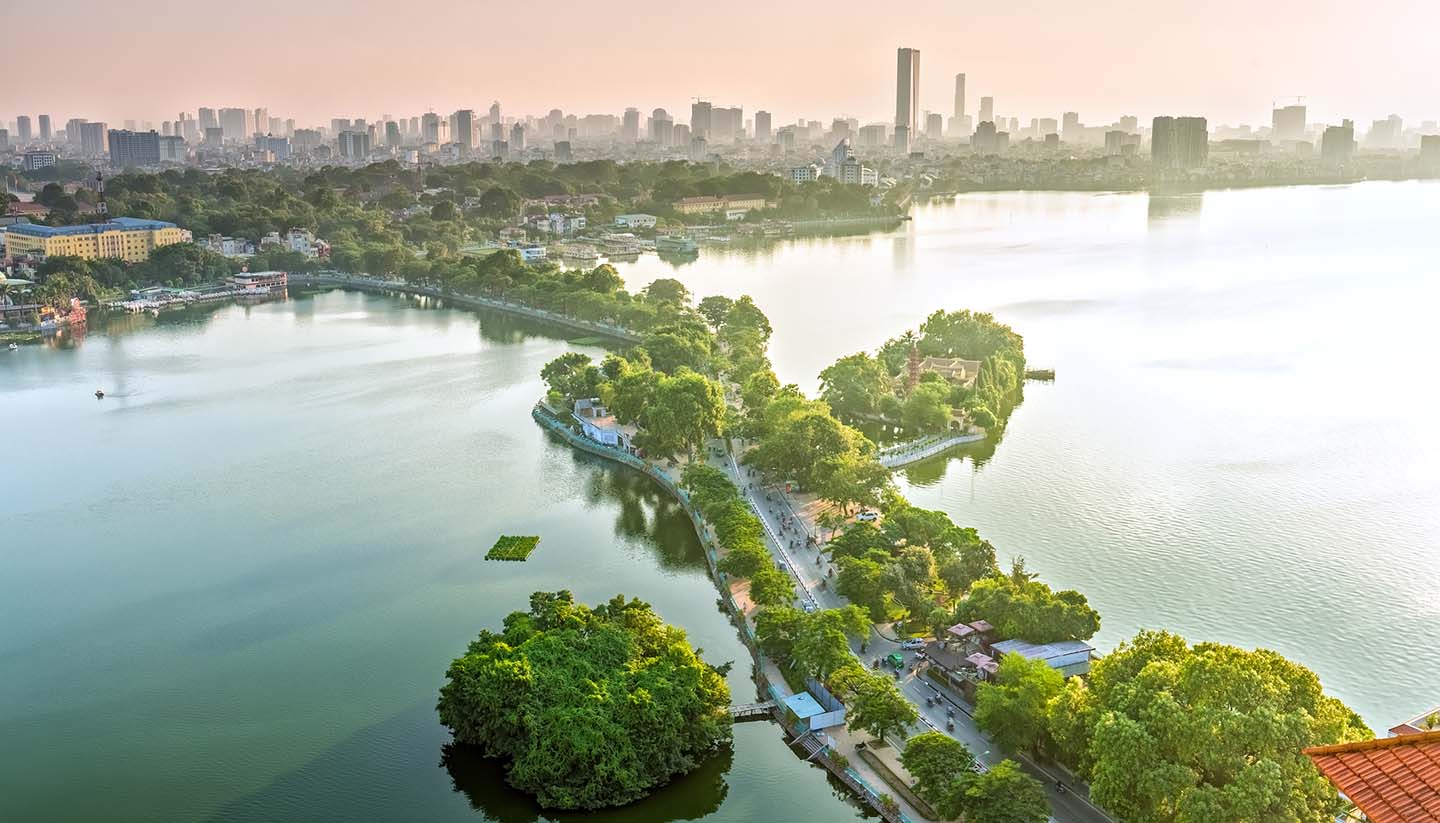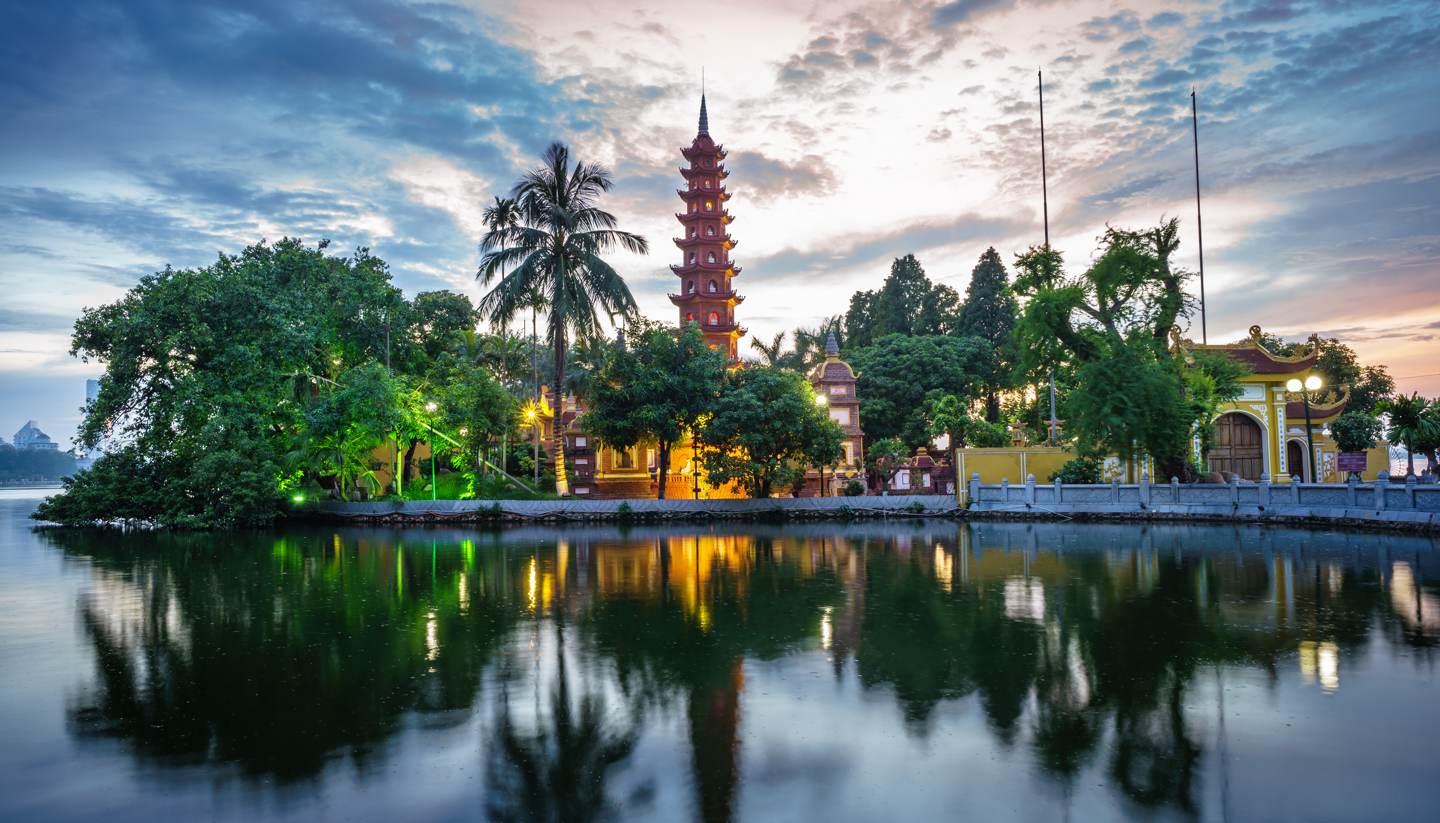Vietnam Weather, climate and geography
Weather and climate
Best time to visit
Because of its geography, the climate in Vietnam varies greatly from north to south with three distinct climatic zones. Tropical monsoons occur from October to April in the centre and from May to September in the north and south. It is almost totally dry throughout the rest of the year. It can get exceptionally hot, however, all year round, but the north has a cooler time between October and April. Temperatures around the country can reach up to 40C in the height of the hot and rainy season (May to September), but the northern highlands and Hanoi can often seem chilly and damp in the winter.
There is no one ideal time to visit Vietnam as a whole but at any time of year there will be sun somewhere. The high season is from September to March but bad weather can disrupt travel in the centre of the country during this period, particularly from September to December. For the beaches in the centre of Vietnam, Danang, Hoi An and Nha Trang, it is best to go between May and August. The autumn is the best time to visit Halong Bay when there should be clear skies.
Required clothing
Loose, natural fabrics all year, but warmer clothing is required in the highlands, and in the winter in north Vietnam. Rainwear is essential during the wet season.
Geography
Vietnam lies within the tropics and is principally agricultural with a central tropical rainforest. The 'S'-shaped country shares borders to the north with the People's Republic of China and to the west with Laos and Cambodia. The eastern and southern shores are lapped by the South China Sea and the Pacific Ocean.
Northern Vietnam is dominated by the Red River plains that bisect Hanoi, and the Lo and Chay rivers. To the north and west of Hanoi are green hilly areas; particularly well known is the Sapa Valley. East of Hanoi, Halong Bay features a stunning natural formation of more than 3,000 limestone islands jutting sharply out of the South China Sea.
To the south, it is the Mekong River and its fertile plain that governs the geography and consequently the rice industry. Among the plains, in the middle of the thin country and to the southwest are mountainous areas, known as the highlands, where farmers grow rubber, tea and coffee.



